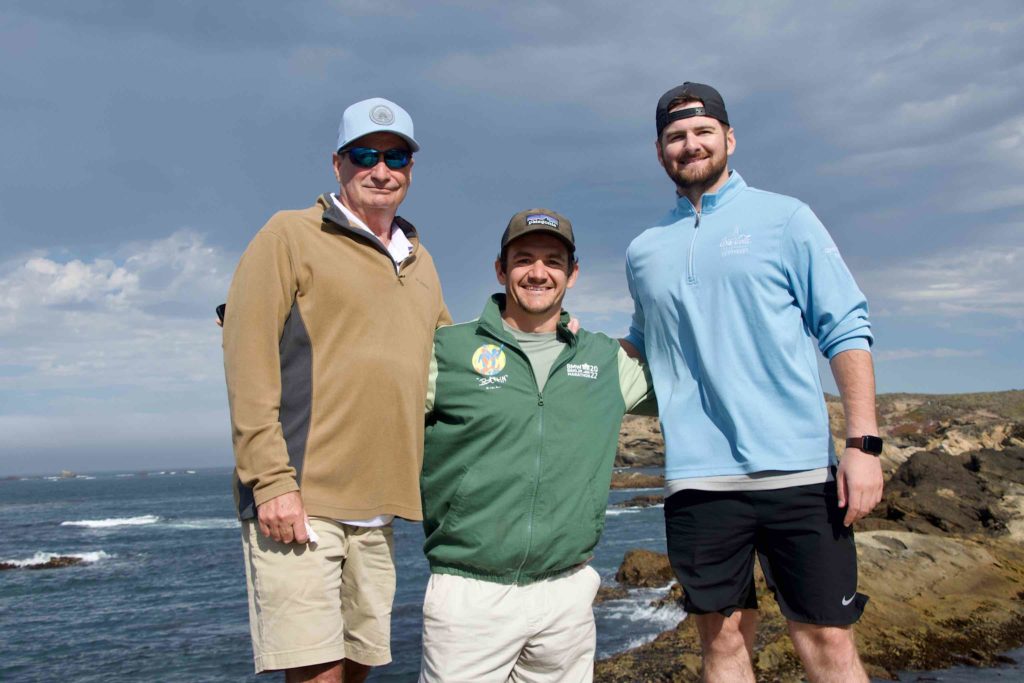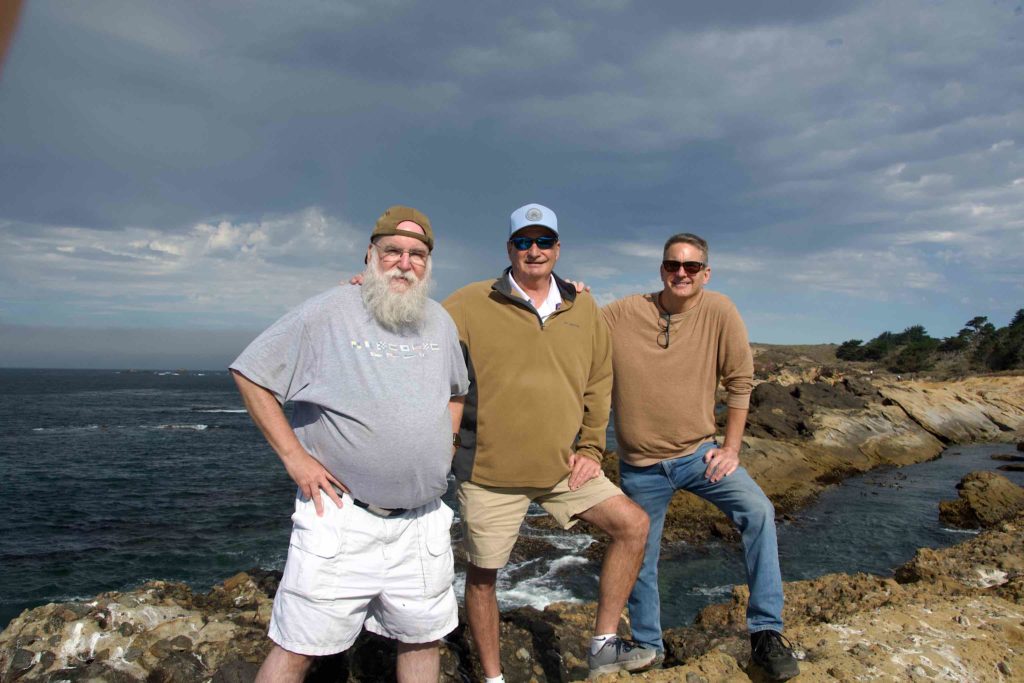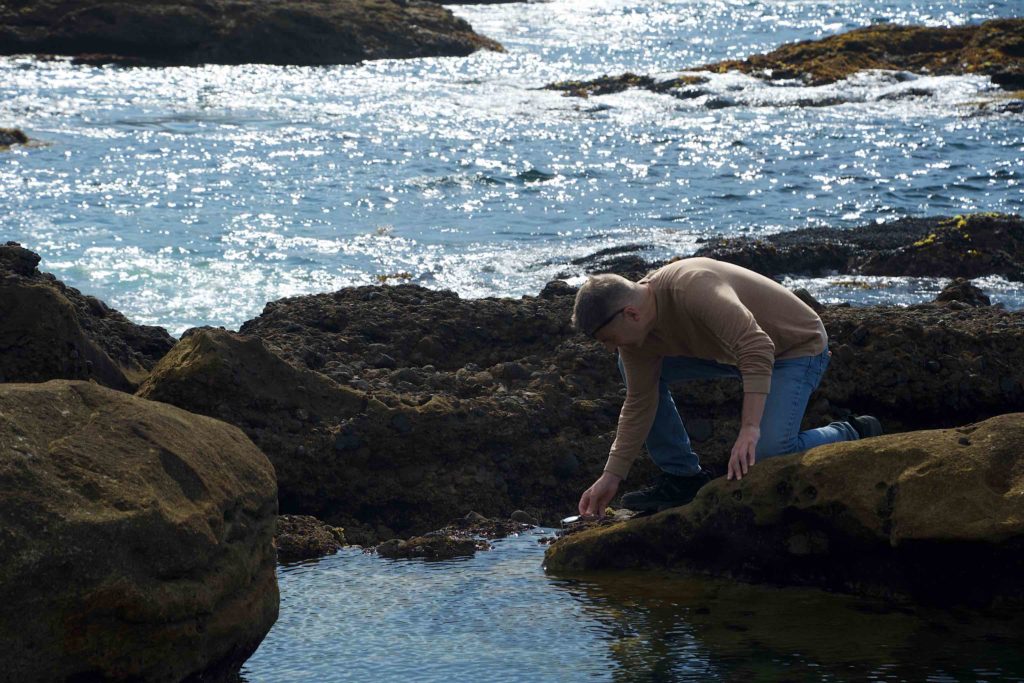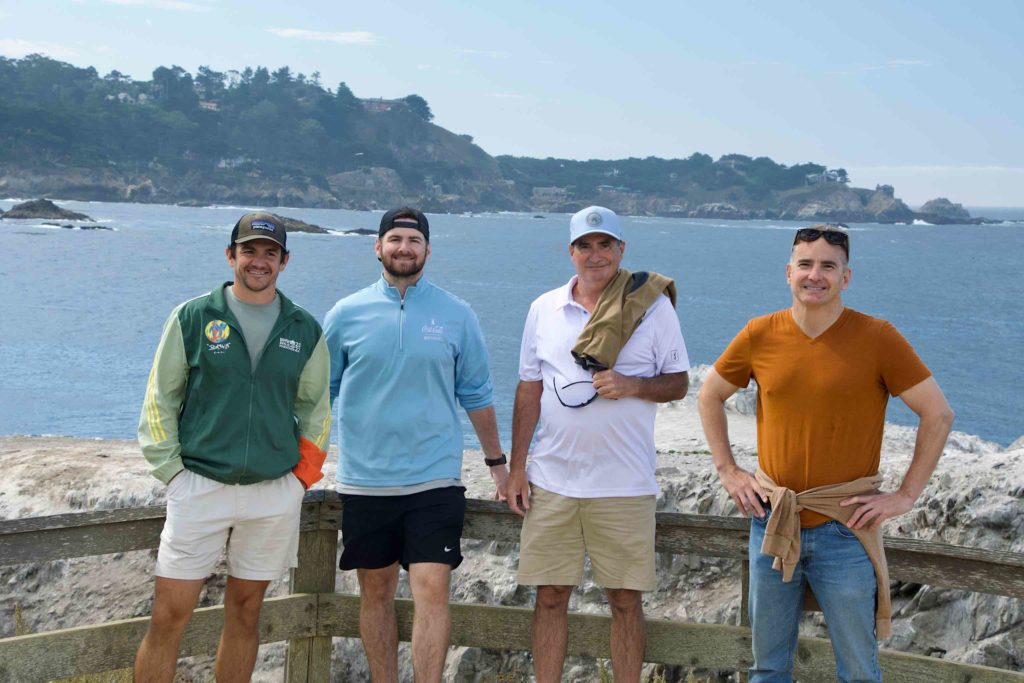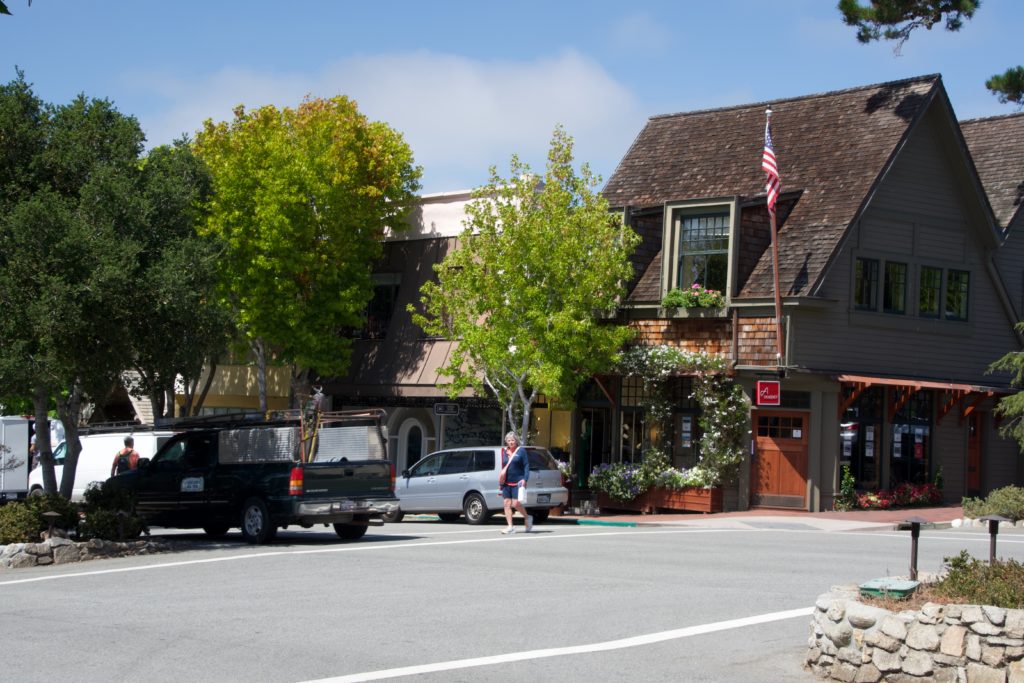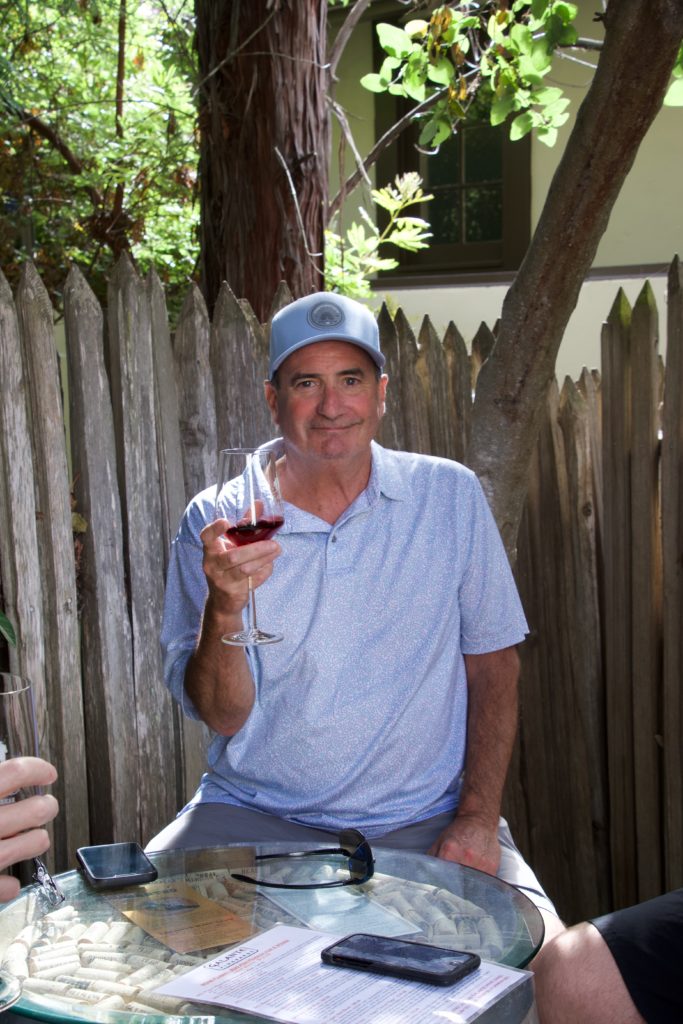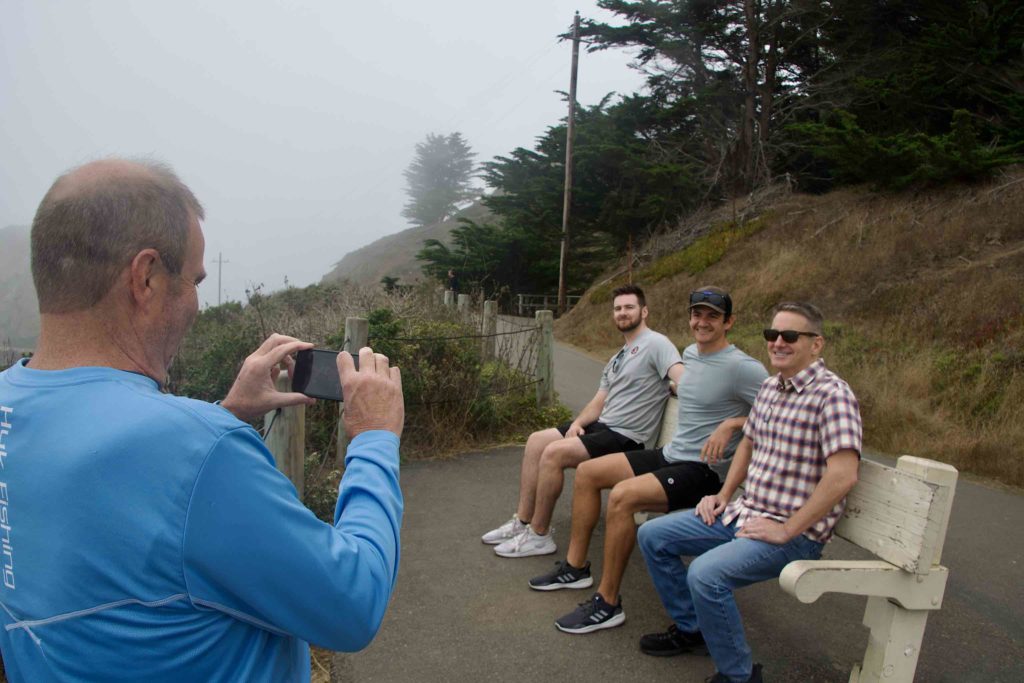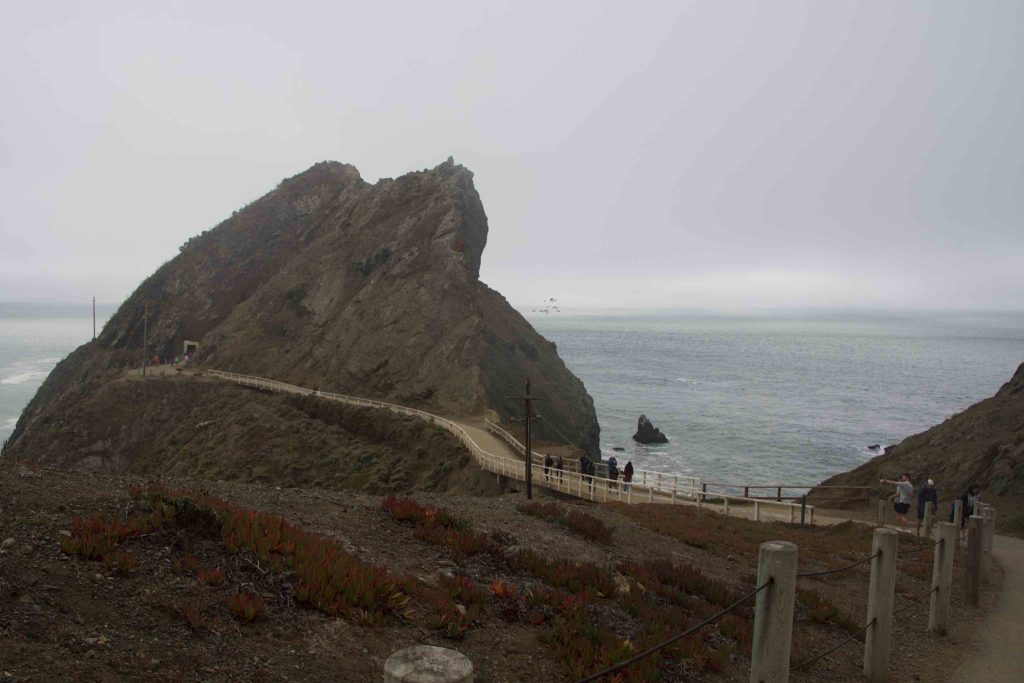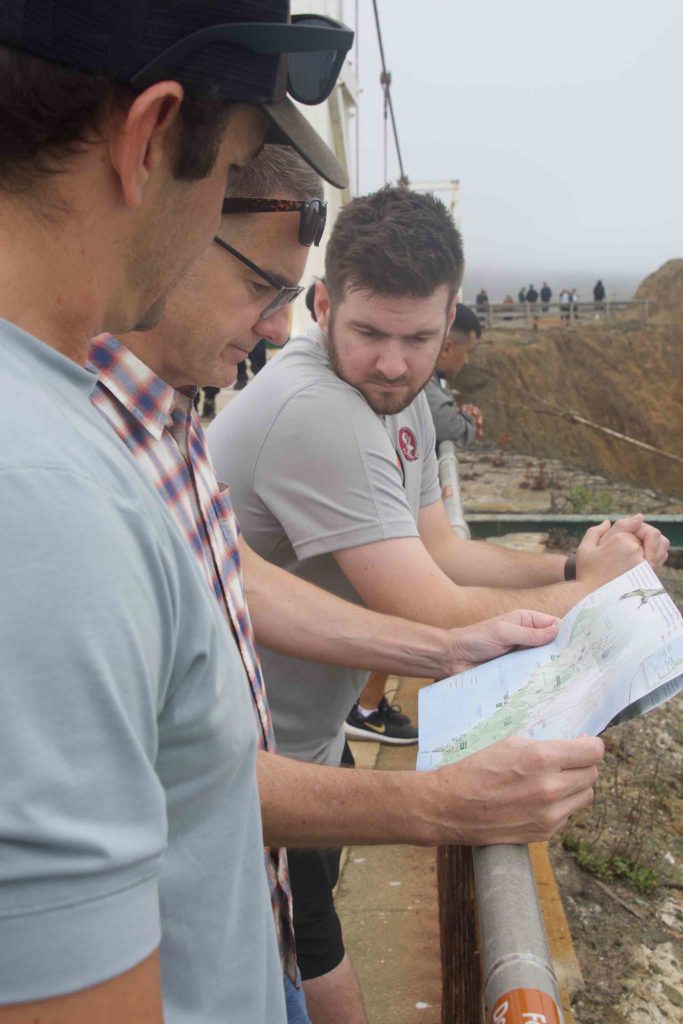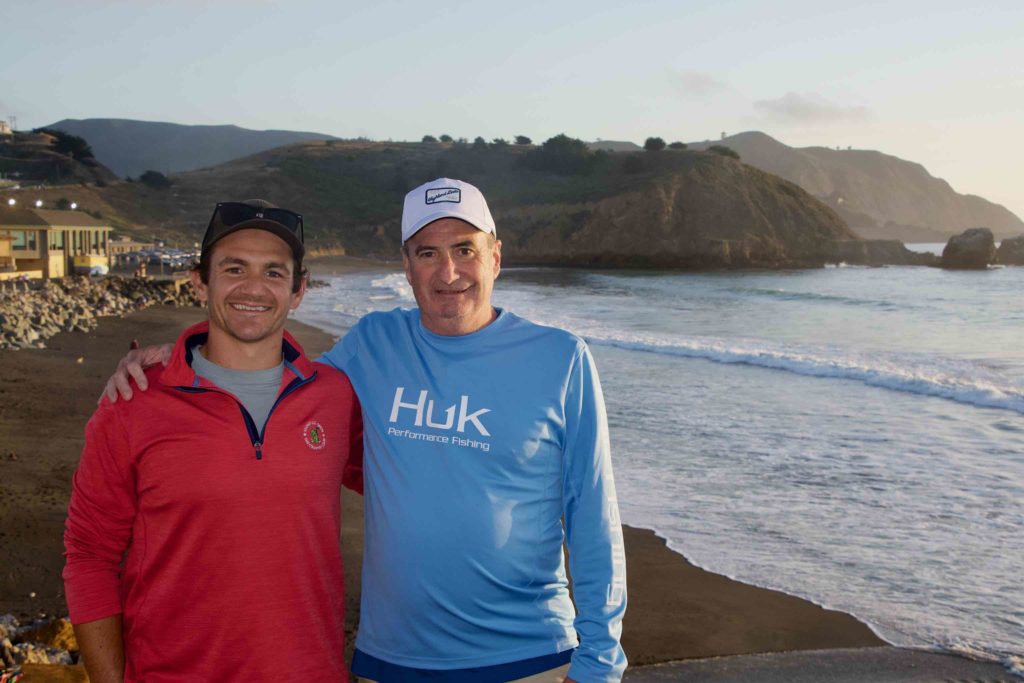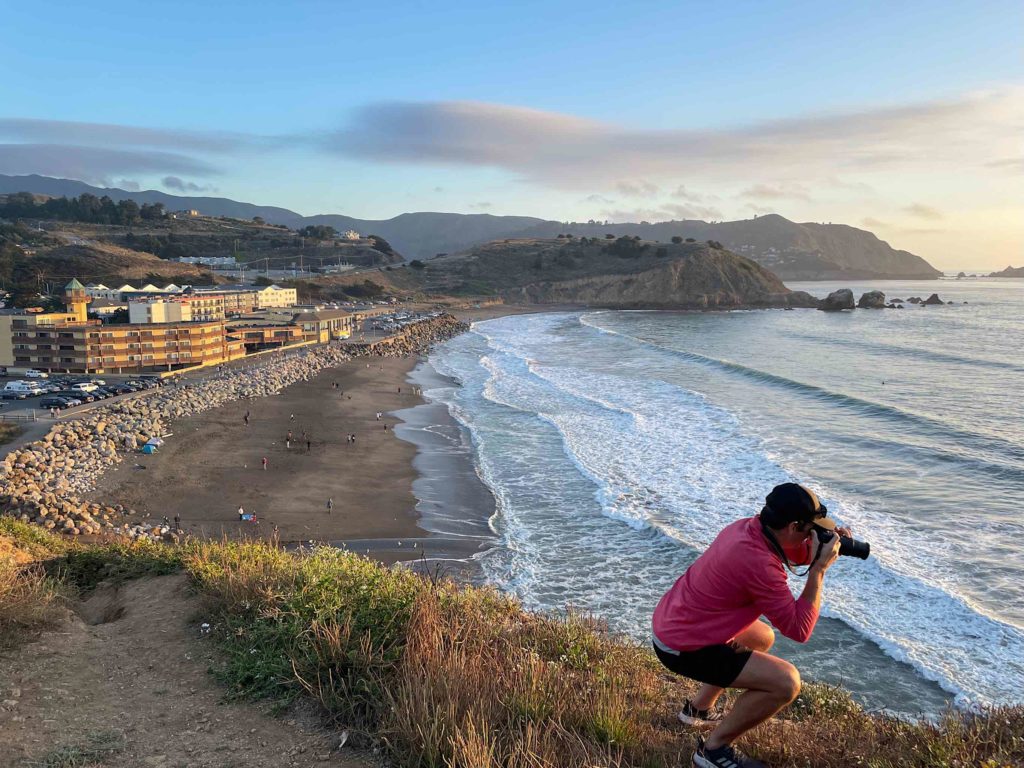I’ve been a Verizon FiOS for the past fifteen years. Up until last week, I was a happy Verizon customer for TV, internet and phone.
I arrived home last Monday to find that the internet was down. A quick check showed me that the TV was down too. I didn’t bother checking the phone — I seldom use the house phone anymore — but I assume it was down too.
The first thing I did was go downstairs, and check the Optical Network Terminal (ONT). I saw no indicator lights on it.
The next thing I did was use the Verizon FiOS app to try to contact support. Oh, gawd. It. was. so. bad. Slow, laggy, and the user experience sucked. I build user interfaces for a living, and one of the the things you learn is that when the user acts, your app needs to react.
This app lead me through a series of yes/no questions, and when I answered each one, it sat there. No reaction whatsoever for seconds. The buttons didn’t highlight to indicate they’d activated, there was no focus ring to indicate that the button had been clicked, there wasn’t any kind of spinner or progress bar to indicate a request had been sent to the server and that the app was waiting for a response. It just sat there, and I wasn’t even sure it hadn’t died. It finally led me through a series of checks which seemed to indicate that it was testing the ONT to see if it had power, and when it got the the last screen…. it was empty. Nada.
Having gotten nowhere with the in-app diagnostics that were supposed to get me back up and running “in just a few minutes”, I used the option to get a call from Verizon. I gave them my cell phone number, and sure enough, I got a call in just a moment. It went downhill from there. Press one for this, press two for that, etc, for a long chain of options. Finally it agreed that I could talk to a representative. And then it put me on hold for about ten minutes (it felt like an hour, but I just checked my phone). I finally got to an operator who told me that it was a known issue that should be fixed by 7 the next day.
So much for Monday night. I’d spent about an hour between the app and waiting on hold. I had no TV and not much internet — just cellular on the phone — so I actually read a book.
The next day, Tuesday, I got up early, because I knew that with the internet down, I would have to go into the office to get work done. Sure enough, the system was still down, so I went into Watertown.
When I got back, the system was still down, so I called Verizon back; and this time I pressed a little. I got another operator, who continued to tell me that the problem was a cut fiber somewhere. I told him I was standing in front of the ONT, and it had no power. No, no he assured me. The problem was on their end. Well, what if there is a problem here too, and you fix your network problem, and I’m still down? Didn’t listen, just said they were working on it, and he would check in at 10 PM to see if I was back up. He didn’t and I wasn’t. I was beyond furious at this point.
The next day was Wednesday, the day we ordinarily go into the office, and I had a decision to make. Should I go in, or did I need to stick around to see if a tech would come?
I called Verizon back, and promptly got dumped into a robosystem that swiftly informed me that I already had a ticket open and it would not be resolved until 8 PM, and that there was nothing else anybody could tell me. Click.
By this point, I was pretty damned sure that the problem was sitting in front of me. They’d sent me a mail last year saying it was no longer supported, but since I work from home, it’s hard to be both available for a tech and get work done. So I put it off. But I know that indicator lights mean something, and if even the power light is off, there’s a problem. I was boiling mad, so I tried using the “I want a call” option again, and this time, I got an operator who listened.
He scheduled a tech to visit that day to diagnose the problem, and another tech the next day to upgrade the system. Finally. I mean, I wasn’t thrilled that I’d be down for two days, but at least, I was confident that the problem would be solved. I was hoping the tech could get the existing system back up so I could limp along for a couple of hours, until I had to go down again the next day for the upgrade, so I texted my boss to let him know I wouldn’t be available today and part of the next day.
James, the technician who came that day, was awesome. He took one look at the old ONT, pronounced it dead, and told me he could replace the ONT and router and arrange with one of his co-workers to come in and complete the upgrade that day. And he did. He got the internet back up in a couple of hours, running at much higher speed, and his colleague came by around 4:45 to handle the TV upgrades. It was done, and I now have a much better system (aside from the fact that the wifi doesn’t reach well into the bathroom). James and his colleague (and I wish I could remember her name) were the heroes of this little misadventure.
This whole thing feels like such an unforced error. As I said, up until last week, I’d been a very enthusiastic Verizon customer, because the previous times I’d called them, they’d responded quickly and well. I would get advertisements for other ISPs and chuck them, because their service is notoriously bad, and why would I want to deal with that when I was dealing with a good outfit that took customer service seriously?
At least, I was.
They burned so much good will with me over the course of about forty hours. Clearly, some bean counters somewhere realized it was cheaper to get rid of a bunch of representatives who knew what they were doing, and replace them with a poorly made app (which is clearly just a series of web views) a shoddy, unresponsive back-end backing it up, and outsourced customer service operators working off canned scripts that try to avoid having to send out repair people.
Yes, it’s cheaper. But it’s not more efficient.
It takes a hell of a lot of money to attract a new customer. I remember when I first got FiOS reading that they were spending ridiculous amounts of money on each new customer. If they can retain existing customers, that’s money they can amortize, not spend again trying to replace that customer. Furthermore, if they can keep those customers happy, they’ll tell other people, and hopefully that means attracting new customers is easier and less expensive.
Instead, they’ve chosen to become just as customer-hostile as the other guys. What a goal to shoot for. Instead of diagnosing the problem properly the first night, and sending someone out the next day to deal with it — since the problem started in the early evening, I would have been content with next day service — they fumbled for about 36 hours, while I became more and more enraged.
And I’m damned well making sure everyone I come into contact with knows about it.




